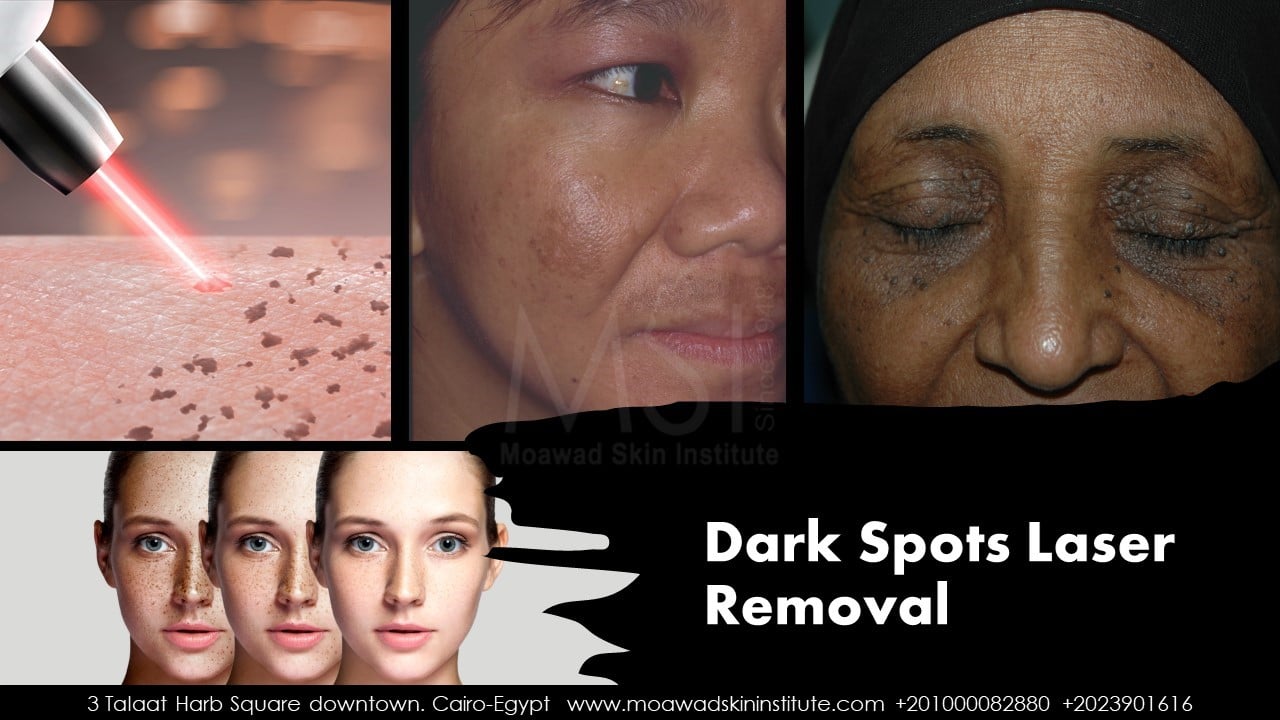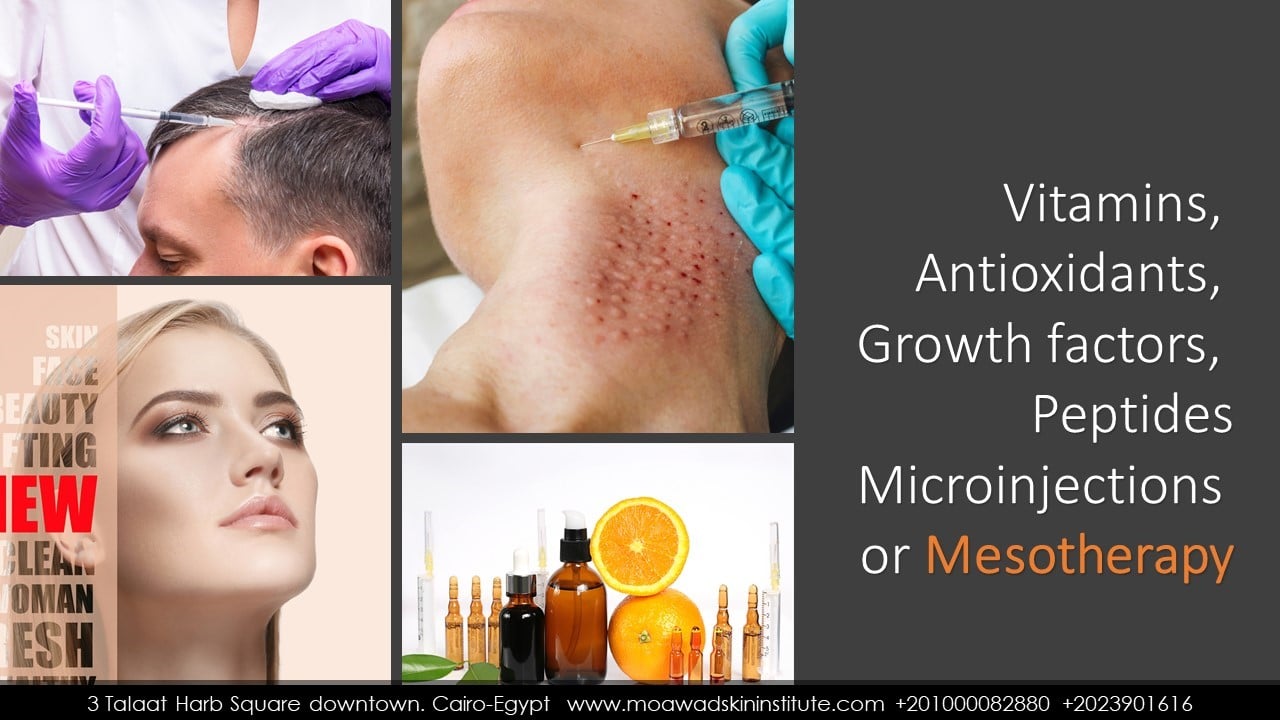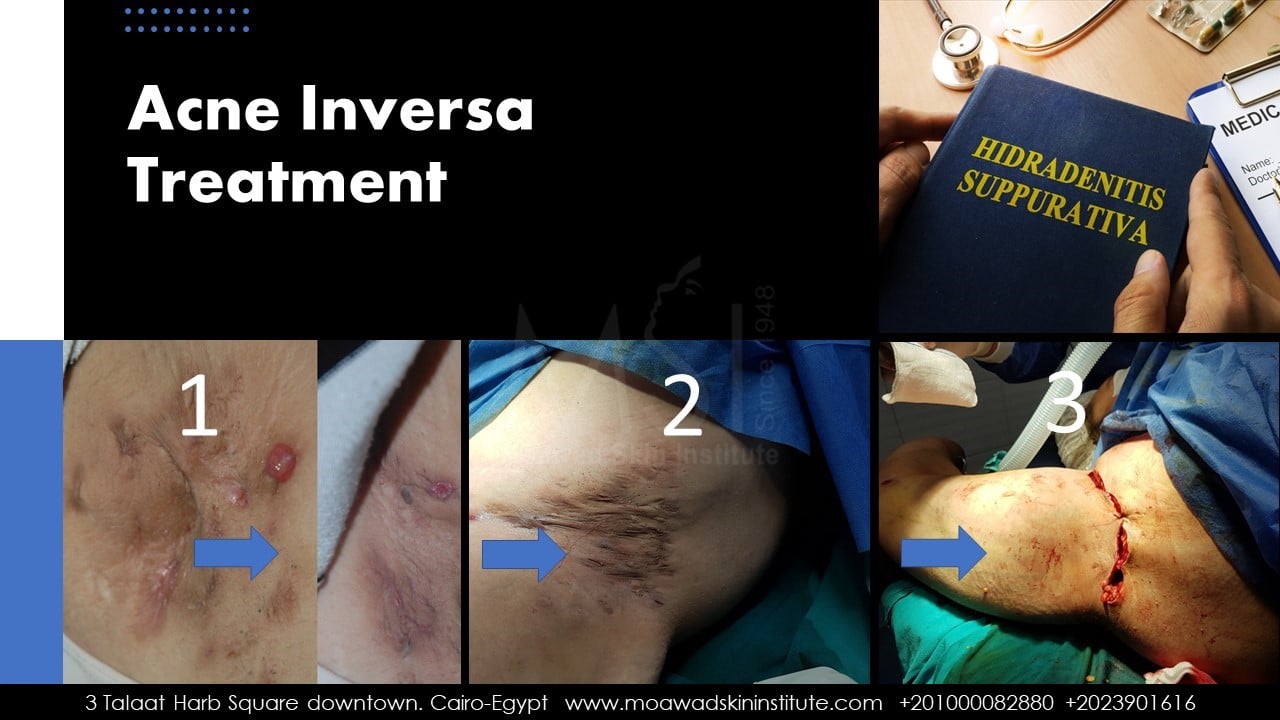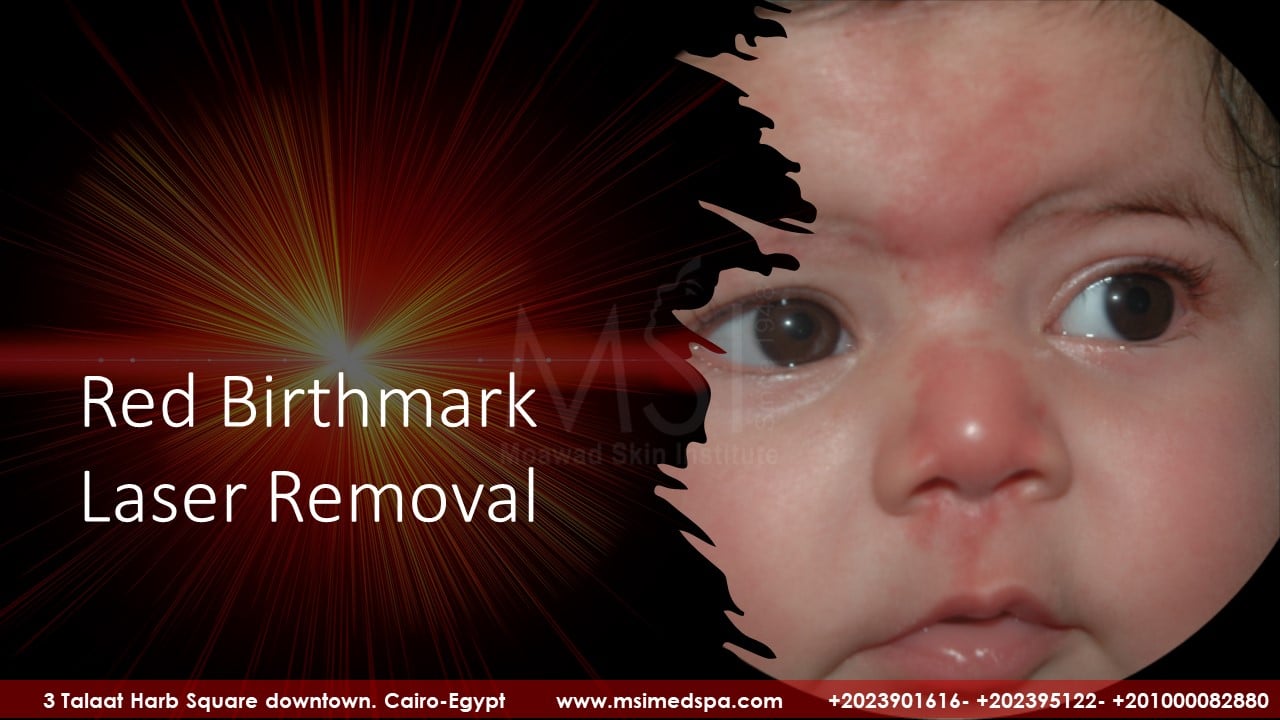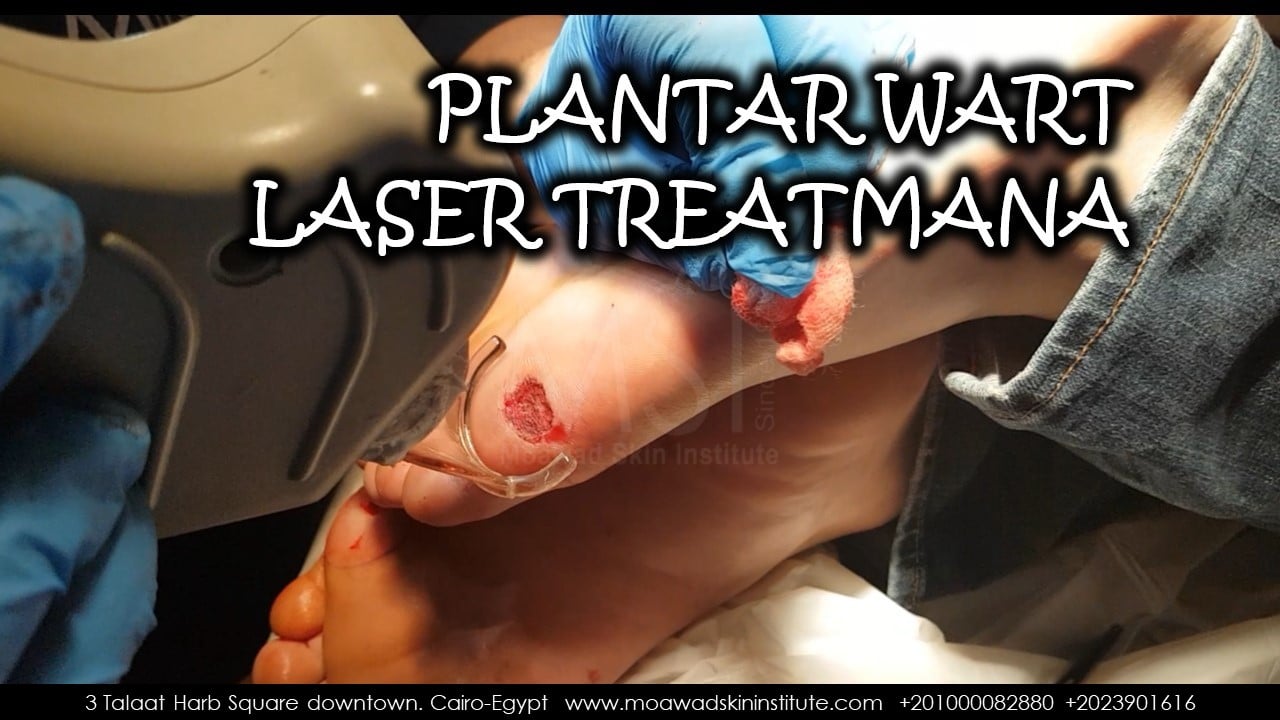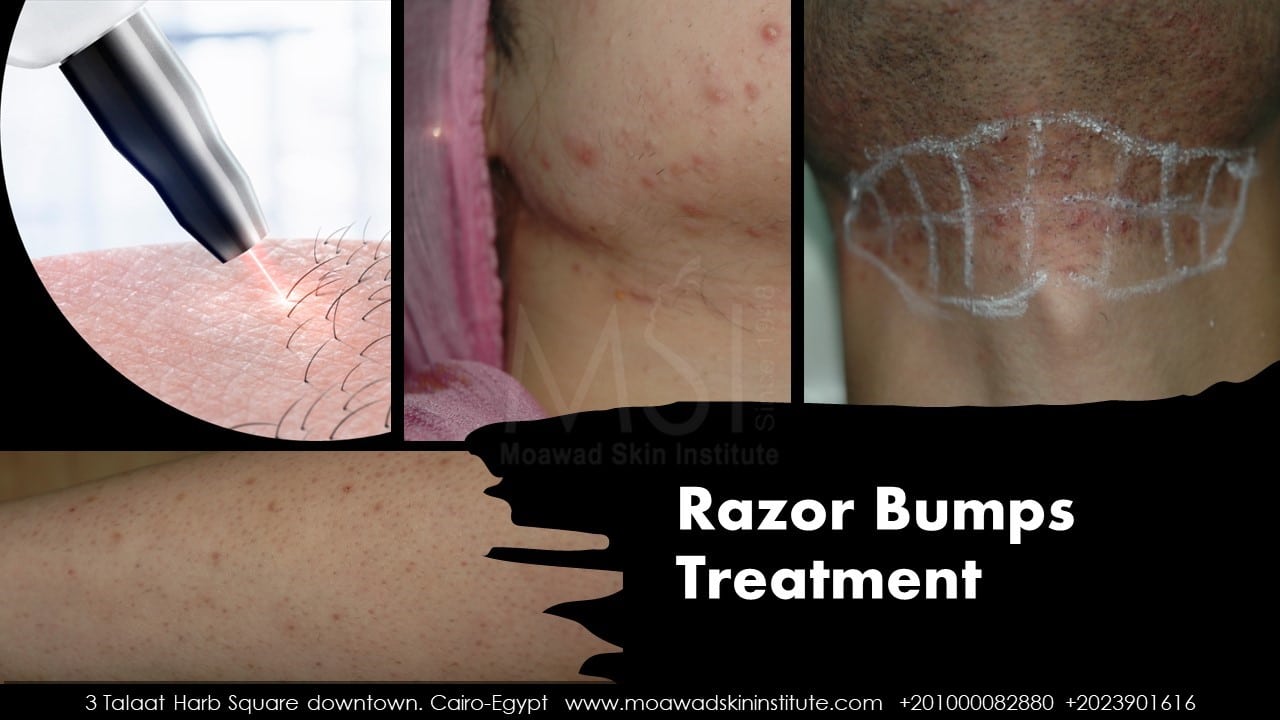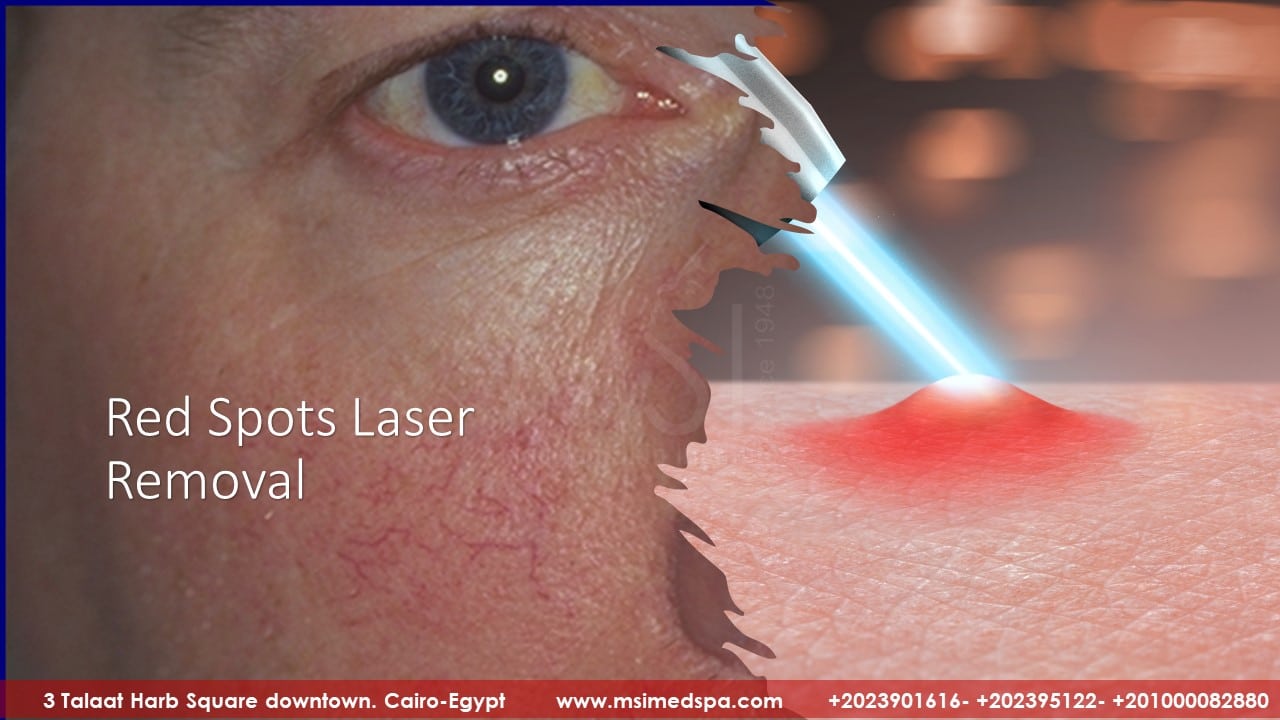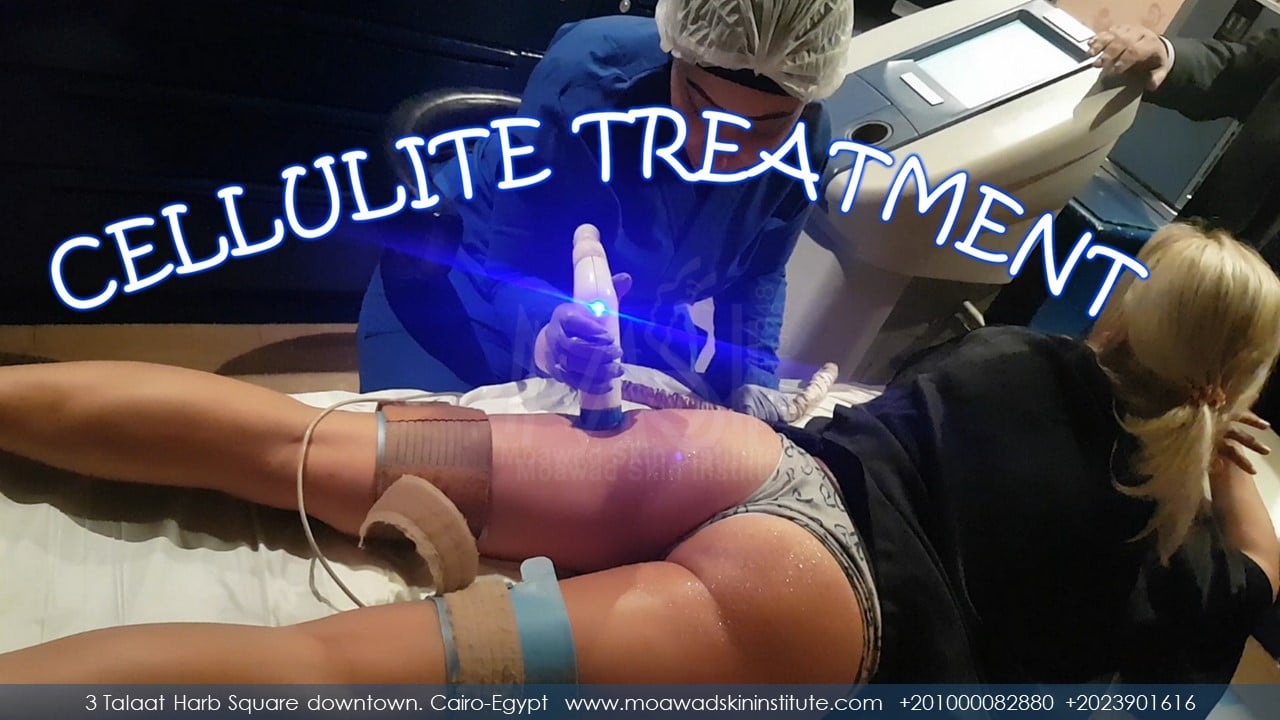Thigh In Shape
Performing procedures to reshape the thigh requires understanding the aesthetic thigh deformity and its causes. A thigh lift, liposuction, and non-invasive body shaping may all be used for thigh shaping or contouring. Thigh liposuction is appropriate for younger patients with fatty collections and good skin quality. Liposuction treatment is often weighed against thigh-lift (thighplasty) with the possibility of a visible scar. An increasing number of transcutaneous energy delivery devices are currently available as an adjunct with surgical procedures or as a standalone device for patients who want slight improvement or who are unwilling or can not have surgery. They are classified according to the type of energy they deliver to their target—mechanical (e.g., suction, massage), radiofrequency, ultrasound, cryolipolysis, and laser. Realistic expectations on the part of patients and the appropriate application of technologies by surgeons are the key to achieving patients’ aesthetic goals.

